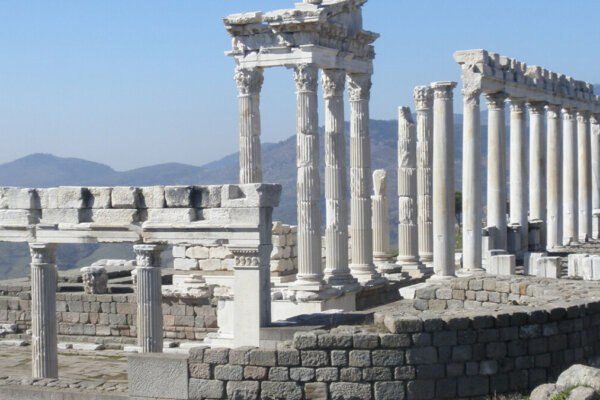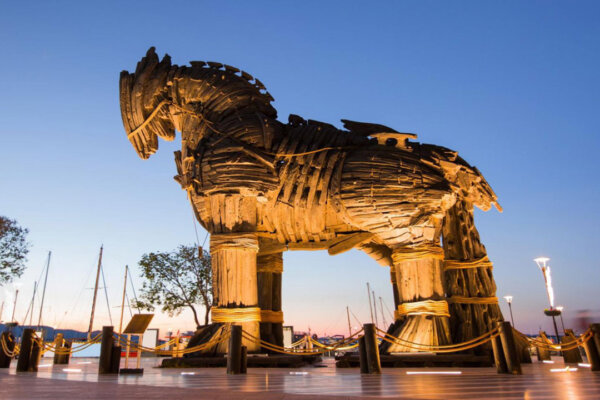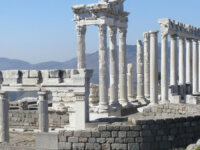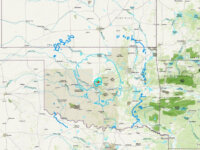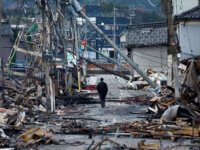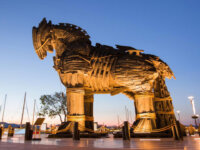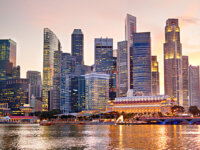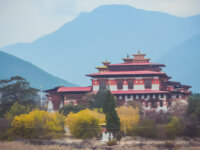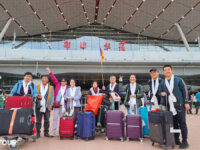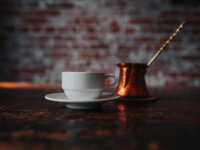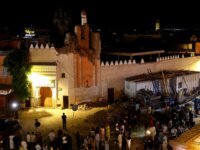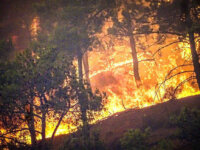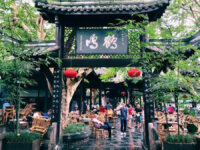CHINA – In June, Doan Trang had the opportunity to visit Hoh Xil, a harsh and uninhabited land on the Tibetan Plateau.
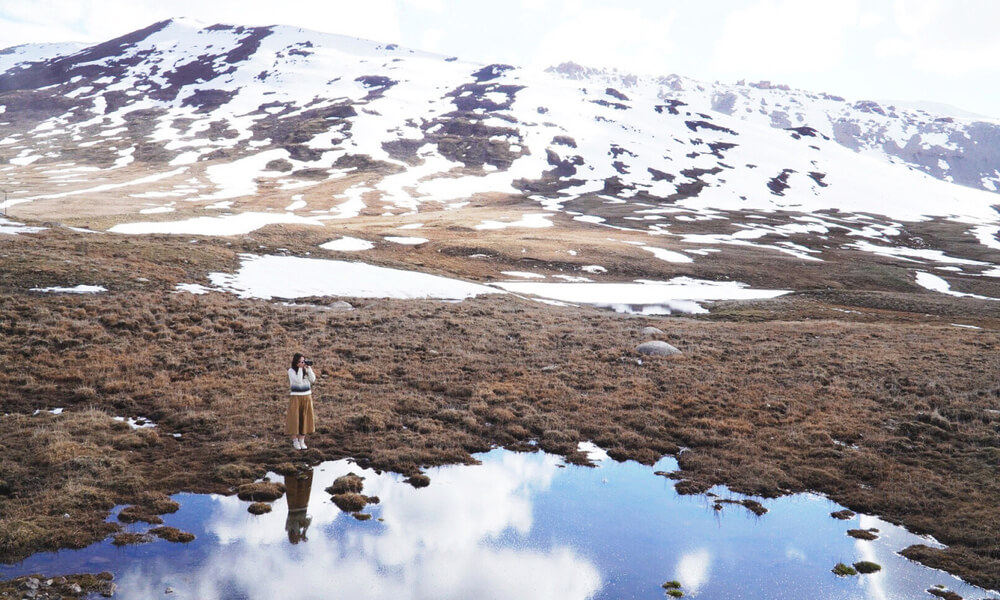
Sitting at an average altitude of 4,500 meters above sea level, the Qinghai – Tibetan Plateau is the highest plateau on Earth, also known as the “roof of the world”. Stretching over 1.2 million square kilometers, it covers 1/8 of China’s total area and is surrounded by the Himalayas, Kunlun, Karakoram, and other towering peaks such as Mount Everest and K2 (the second highest peak in the world after Everest).
The Hoh Xil region, also known as Kekexili, is located in the northwestern part of the Qinghai – Tibetan Plateau, covering an area of 450,000 square kilometers and sitting at an altitude of 4,600 meters, making it the coldest part of the plateau. It is also one of the least populated areas in Asia, ranking third in the world after North Greenland and the South Pole.
The Qinghai – Tibetan Plateau is the source of three major rivers: the Mekong, Yangtze, and Yellow River. It is also known as the third pole of the Earth due to its large reserves of freshwater, ranking third after the North and South Poles.
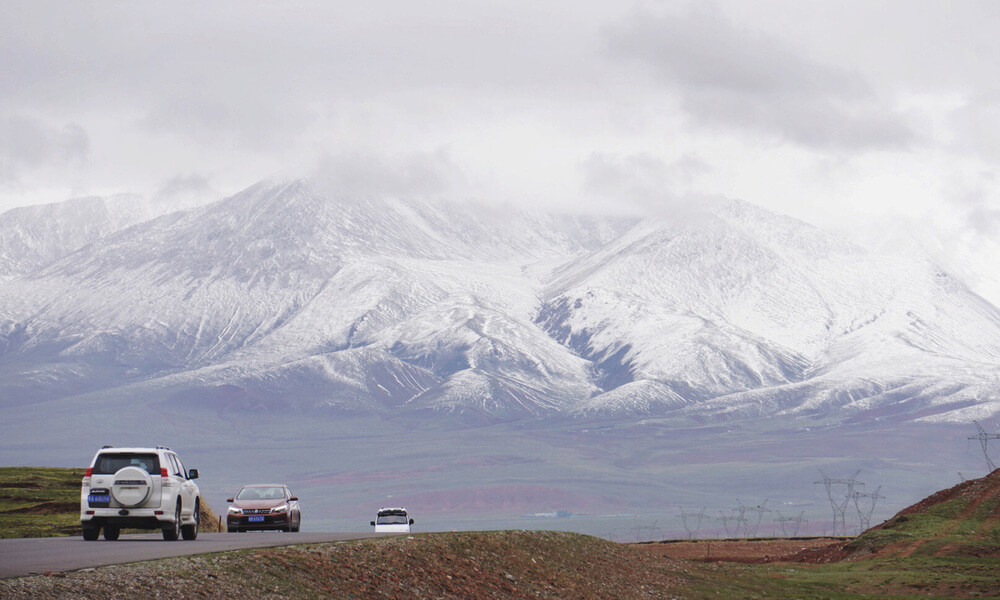
During her stay in Qinghai from June 4th to 16th, 28-year-old freelancer Doan Trang visited Kekexili. This area is a national conservation site, so tourists are not allowed to enter without permission. Trang, a Vietnamese freelancer living in Tokyo, Japan, shared that she had to register with the local police station before being allowed to enter this uninhabited territory.
From Xining, the nearest city in Qinghai province, the nearest district to Kekexili is over 300 km away. And since it was not possible to stay overnight here, Trang had to travel a total of over 600 km in one day.
The high plateau experiences extreme temperature differences (over 15 degrees Celsius). The road freezes and contracts at night due to the cold, but expands under the high temperatures during the day. As a result, the road surface constantly rises and falls, resembling a sine wave, making for a bumpy ride. Trang shared that this was the most challenging day of her entire journey, traveling long distances on terrain over 4,500 meters above sea level.

After reading the novel “The Tibetan Code“, Kekexili was described as a land of glaciers, snow-capped mountains, and an inhospitable climate where humans cannot survive. Therefore, I decided to come here and experience it firsthand, Trang said.
The forbidden land of Kekexili is known for its harsh climate conditions. Located on the highest plateau on Earth, it experiences intense solar radiation and has oxygen levels 35% – 40% lower than those in the plains. The average temperature ranges from -2.4 to -12.1 degrees Celsius, with long dry seasons and strong winds. During winter and spring, Tibet sees the most hailstorms in China. Extreme weather phenomena such as droughts, floods, snow, sandstorms, ice, and lightning strikes are also common.
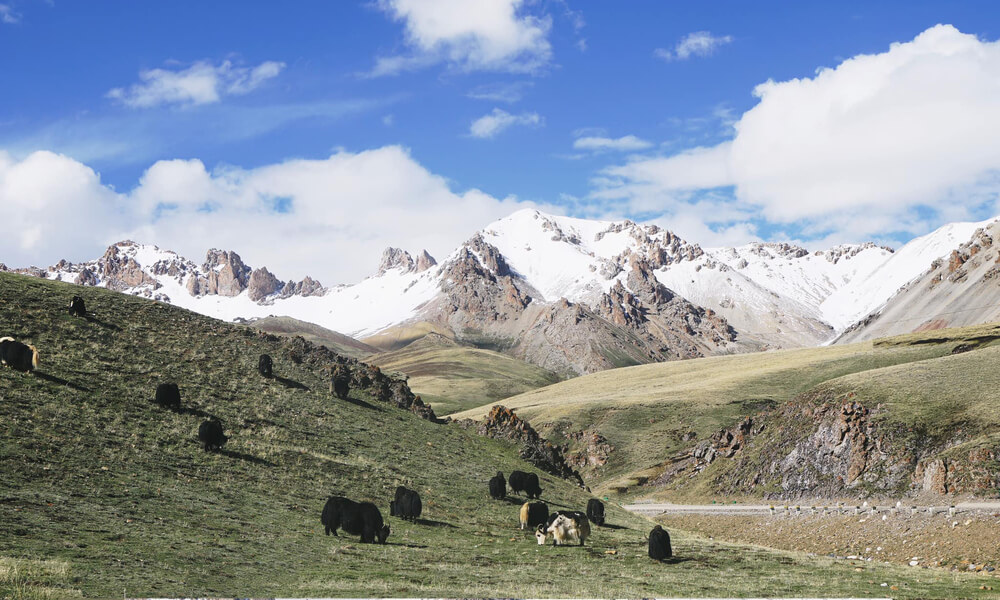
As we approach the inhabited areas, the grass on the highlands remains lush green, and herds of Yak can be seen grazing peacefully, Trang shares. Yaks are a distinctive animal of the Himalayan region, adapted to survive in the harsh climate by growing thick and long fur that almost covers their legs.
According to Trang’s local driver, the Yaks here roam freely, tended by nomadic herders. They can cost up to 10,000 yuan (over 1367,33 USD) each.
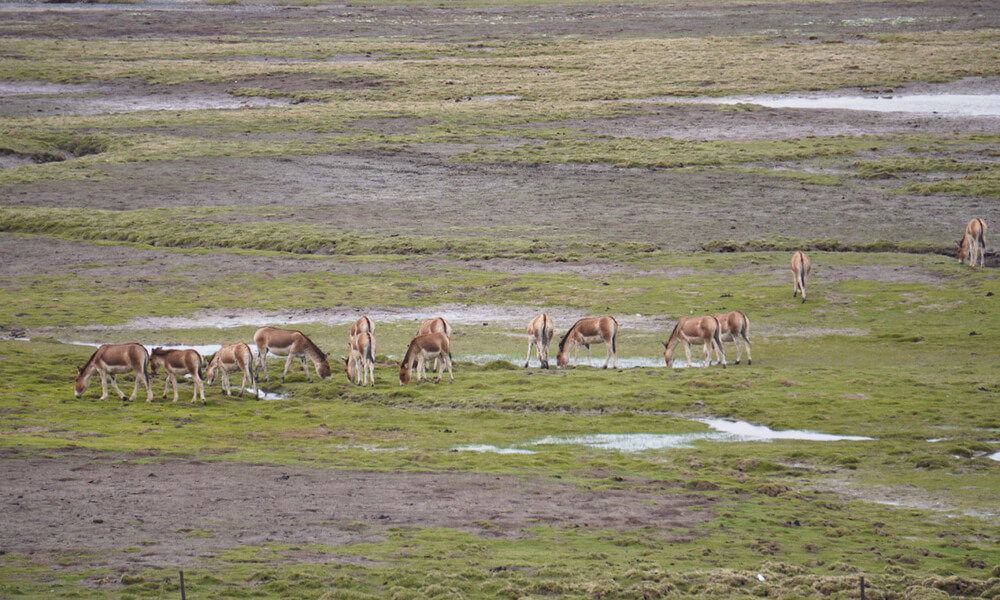
In Trang’s mind, the image of the plateau is of vast, green meadows. But as we venture deeper into the highlands, its harshness becomes more apparent.
On the vast grasslands, patches of greenery can be seen here and there, but most of the land is barren or covered in withered yellow grass. Despite being summer, the temperature here remains below freezing, with permanent layers of ice clinging to the mountaintops.
With an annual rainfall of only 10-30 cm, mostly in the form of hail, the high altitude and low precipitation greatly reduce the diversity of flora and fauna in the plateau.
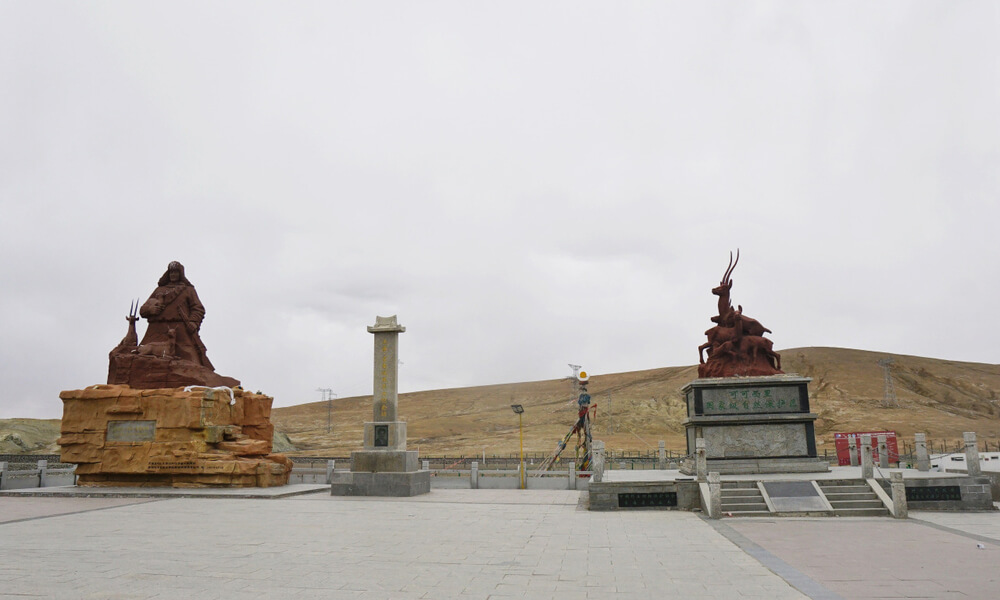
The most famous animal in Kekexili is the Tibetan antelope, a red-listed species in China. Statues of this animal can be found next to the monument honoring the hero Suonan Dajie.
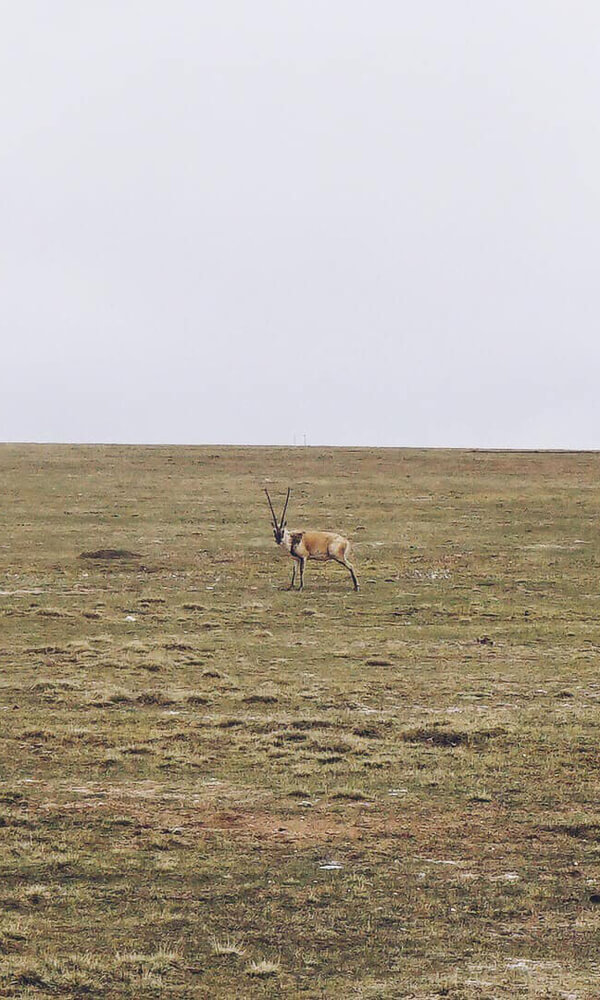
Processed with VSCO with a5 preset
On our journey, Trang spots a few Tibetan antelopes. Thanks to our experienced driver, we are able to observe them closely. In summer, their fur blends in with the color of the grasslands, making it difficult to distinguish them. Male antelopes are easier to spot due to their sharp and long horns on top of their heads, Trang explains.

Processed with VSCO with a7 preset
According to our driver, there are even more animals deeper into the plateau. However, according to conservation regulations, tourist vehicles are not allowed to venture off the paved roads.
It’s such a shame that I couldn’t drive through the highlands and admire the wildlife like in the stories, as Trang shared.
During the trip, she also saw some animals such as Tibetan fox (photo), wild donkeys, yaks, black-necked cranes, bar-headed geese, and Tibetan mastiffs. The Tibetan Plateau is home to 80% of the world’s Tibetan antelopes, 80% of black-necked cranes, and 78% of wild yaks (known as yaks) in the wild.
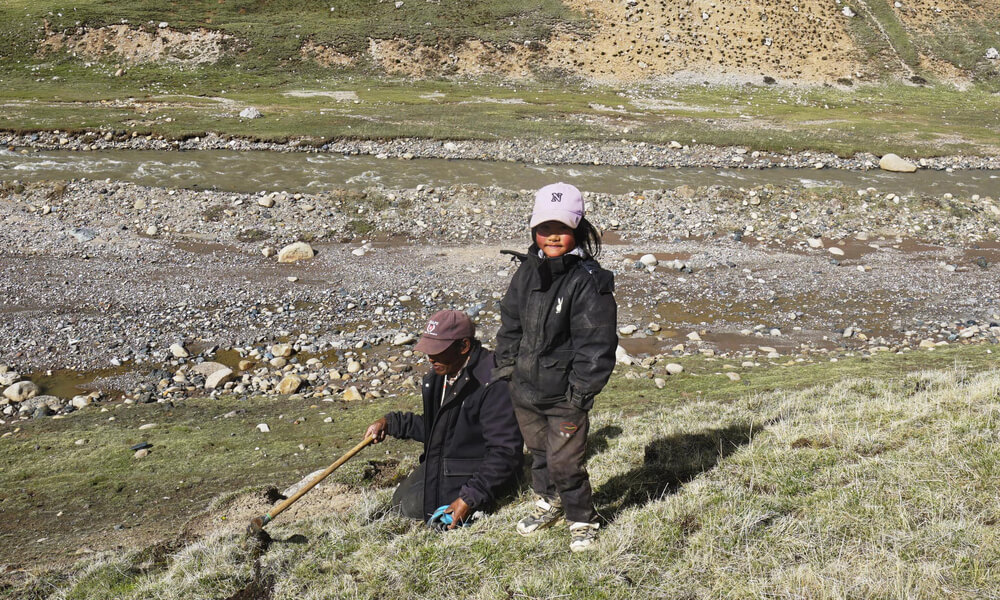
The Tibetan Plateau is an ideal place for the growth of cordyceps, which is formed by the combination of butterfly larvae and a parasitic fungus. This natural medicinal ingredient has many benefits in boosting the immune system and resistance.
The best time to harvest Tibetan cordyceps is during the summer (around May) when the fungus sprouts from the ground. On the way back, Trang got to know a local Tibetan family who were searching for Tibetan cordyceps (photo).
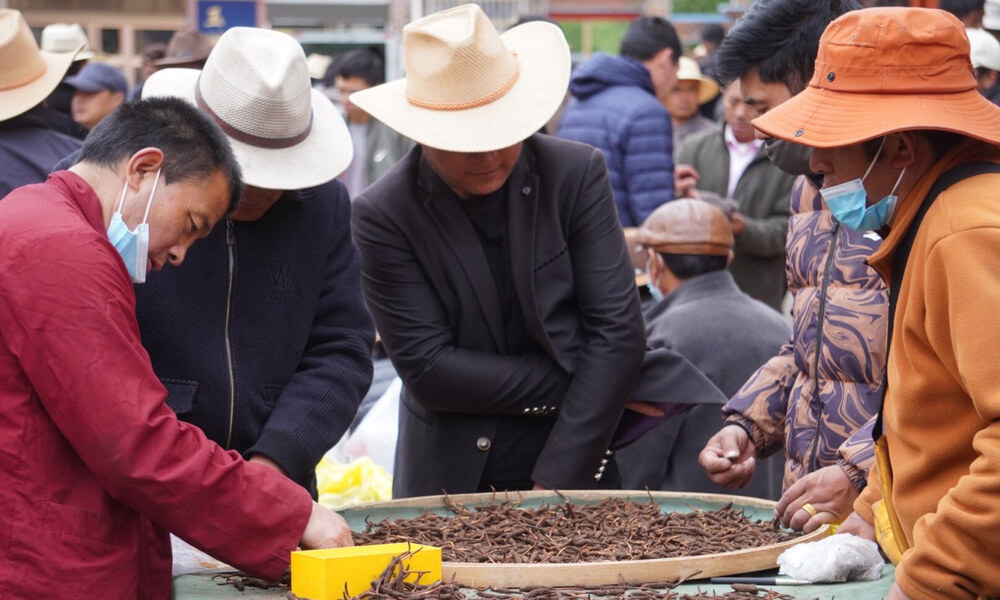
Cordyceps is available for sale in the Zadoi square in Qinghai.
Summer (around June and July) is the hottest season, perfect for experiencing the Tibetan Plateau. The rainy season starts from May to September, so tourists should avoid visiting during this time.

Processed with VSCO with a5 preset
Due to the lack of phone signal and people in the Kekexili area, Trang advises tourists to hire a local driver for the entire trip. Recently, there have been many tourist spots that restrict foreigners or require a permit at least one month in advance, so it’s important to discuss with the driver beforehand.
During the trip, Trang had unique experiences such as chatting with pilgrims, meeting people who harvest Tibetan cordyceps, visiting Tibetan temples, and witnessing rituals performed by monks. With a cost of over 1,663 USD, Trang was satisfied and said that this is the only place in China she would be willing to visit again for further exploration.



